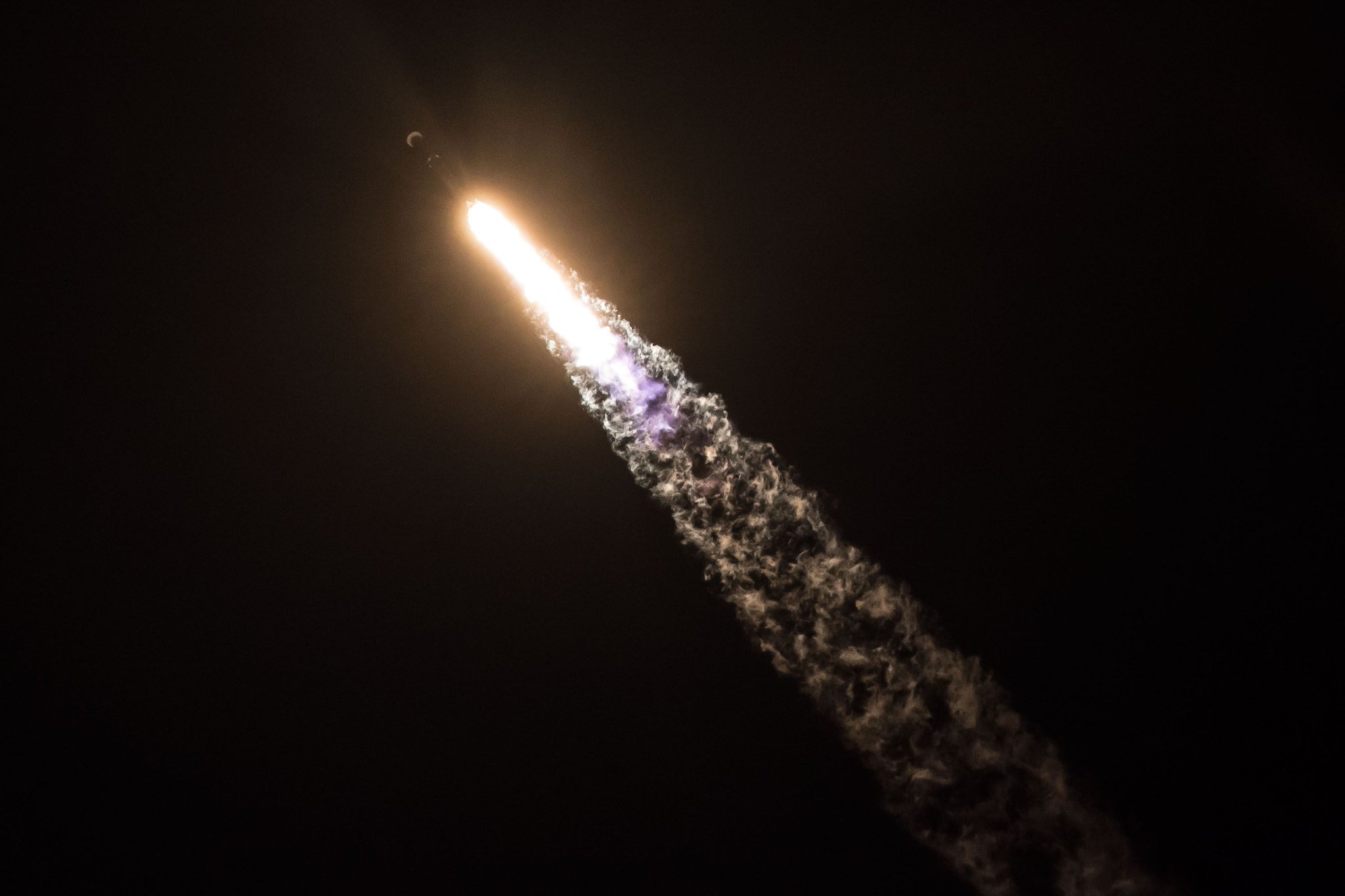Okay, a few days ago I wrote one of my usual articles regarding more interesting things with space new, this time covering the apparent loss of the mysterious Zuma satellite.
I wrote about it based on what was “known” at that time, as well as what was speculated, but from a somewhat reserved standpoint – in all seriousness, no one was actually going to say what did happen, given the secrecy surrounding this payload.
Over the past few days, it’s become more accepted that the payload adapter, the device which actually attaches the object being placed into orbit (in this case, “Zuma”) and the rocket which is getting it to orbit (in this case, the Falcon 9) failed to separate, and as such, Zuma couldn’t actually be released into the orbit that it and the Falcon 9 stage carrying it were in.
As I stated in the original article, there were reports that the payload adapter failed to actually release the satellite. That, of course, isn’t a good thing – the satellite isn’t designed to work attached to a spent rocket stage and given evidence, if this was the case, Zuma would have burnt up in the atmosphere alongside the Falcon 9 second stage when it performed it’s standard de-orbit maneuvers. Considering photos were taken that very well are the stage venting it’s remaining fuel after its de-orbit maneuvers would be completed, it’s safe to say if this was the case Zuma is now, literally, dust in the wind.

As mentioned before, the adapter was not provided by SpaceX but was instead produced by Northrop Grumman, the company that apparently built Zuma. Its failure would be on their end and not be the fault of SpaceX in any direct way.
That being said, as the days have passed it’s seeming more and more likely that the above scenario of the Grumman parts failing is what actually happened, and that Falcon did its job properly – at least, that’s the way it seems based on what we are being told, and only that.
Here’s the thing – we don’t know, and won’t know, every detail. That simple. We can’t say that any given part anywhere, no matter how tiny, might not have helped create an issue. Also, as I stated before, given the reported “payload fairing” problems that caused the launch to slip from last year to this year, one has to wonder if anything of the sort might have played a role in the failure of the adapter – even just a stray broken bit hitting the right area could have been enough.
I’m not trying to blame SpaceX here – I, like many others, simply want to know what happened, and with that am also proposing simple “what if” scenarios that are at least worth thinking about, but I’m not saying that they are what happened. Don’t read that deep into it.
We probably won’t know the bulk of the details for easily a decade or more, at the earliest. Giving details would probably betray details on just what Zuma actually was, and given it might well be the first in a new class of payloads, well, the Government can’t risk knowledge getting out. That simple.
Update: It seems news sites, like this article on the Washington Post shows, are still, very much like me, trying to piece things together. Really makes you wonder, and yes fanboys, it’s perfectly fine still to question if SpaceX had something go wrong and they don’t want to say.
